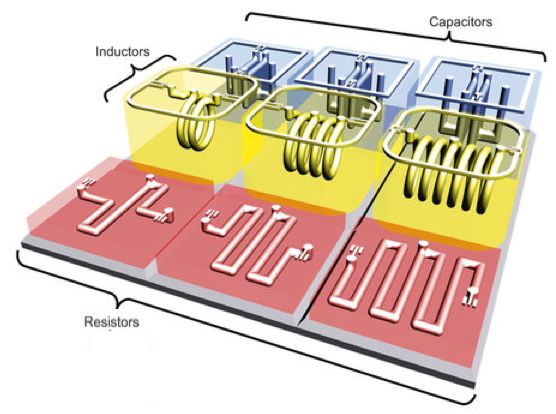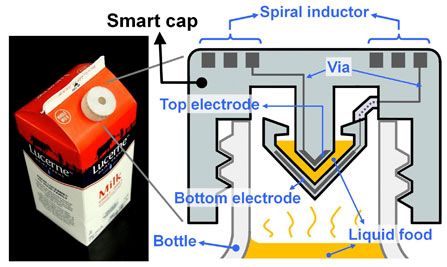Feb 22, 2016
Quantum Phase Transition Underpins Superconductivity in Copper Oxides
Posted by Karen Hurst in categories: materials, quantum physics
Physicists have zoomed in on the transition that could explain why copper-oxides have such impressive superconducting powers.
Settling a 20-year debate in the field, they found that a mysterious quantum phase transition associated with the termination of a regime called the “pseudogap” causes a sharp drop in the number of conducting electrons available to pair up for superconductivity. The team hypothesizes that whatever is happening at this point is probably the reason that cuprates support superconductivity at much higher temperatures than other materials—about half way to room temperature.
“It’s very likely that the reason superconductivity grows in the first place, and the reason it grows so strongly, is because of that critical point,” CIFAR Senior Fellow Louis Taillefer (Université de Sherbrooke) says. The new findings are published in Nature.

















